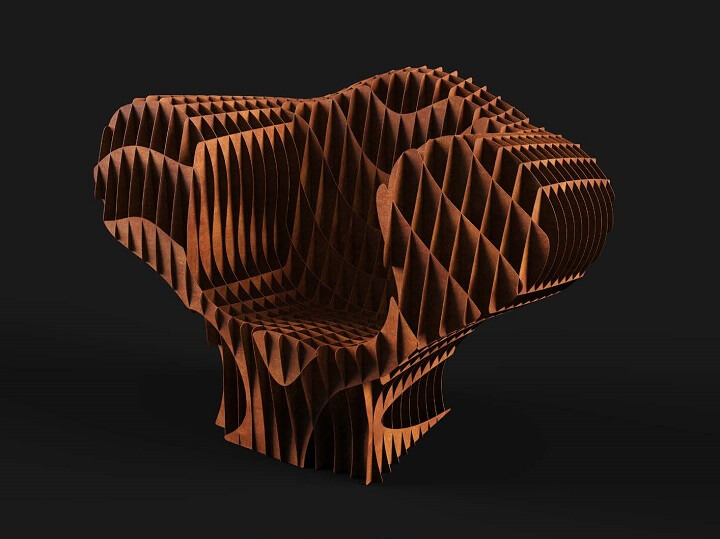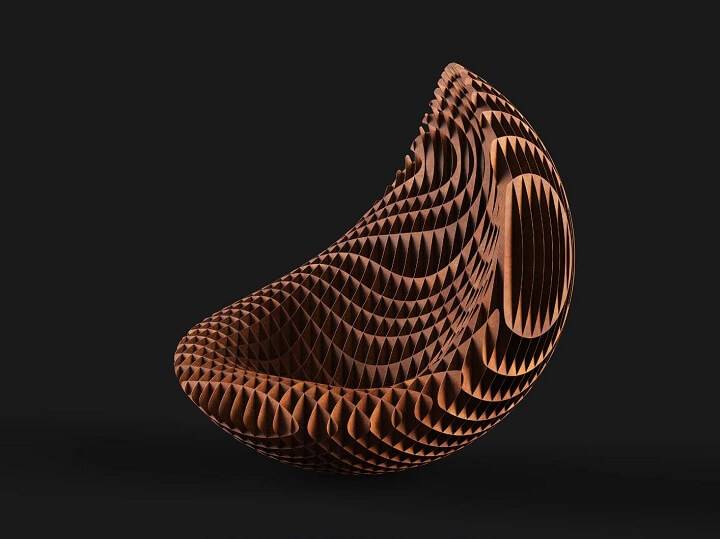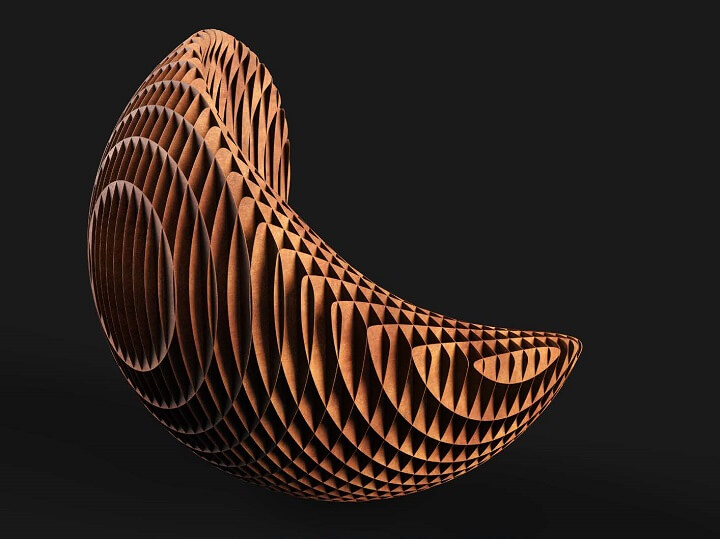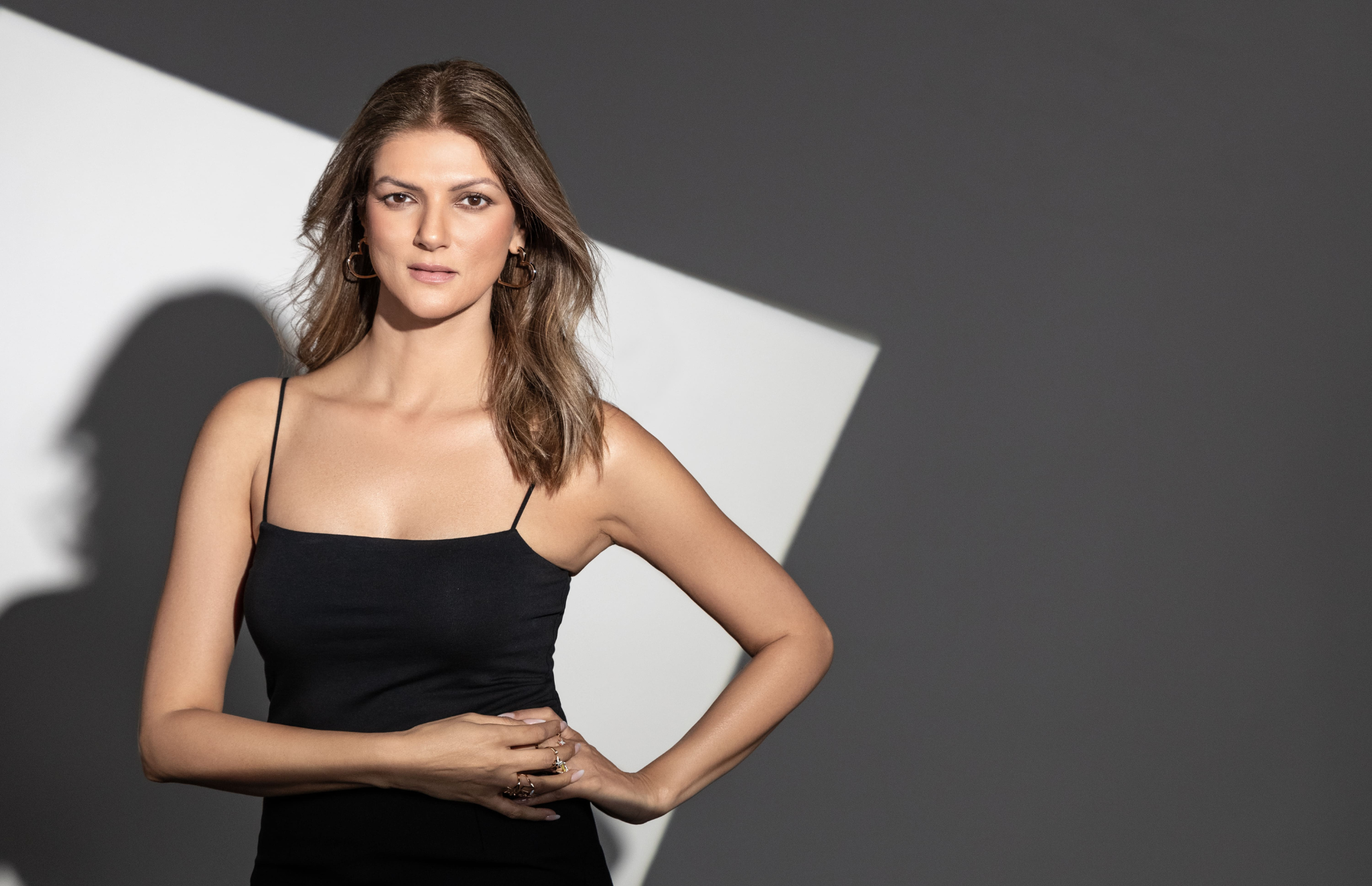British-Israeli Ron Arad is perhaps best known for designing the Rover chair, that spearheaded his reputation as a tirelessly experimental and ground-breaking designer. The artist’s most recent works include the iceberg-inspired Totseret Ha-Aretz (ToHA) office complex in Tel Aviv, the Two Nuns’ Bike, and the collaborative Artists Painting Project. Shalini Passi recently visited Arad in his studio in London, where they discussed his design and architectural projects – spanning a wide range of geographic locations and materials to form a diverse body of work – his approach to the creative process, and his experiences of exploring India.
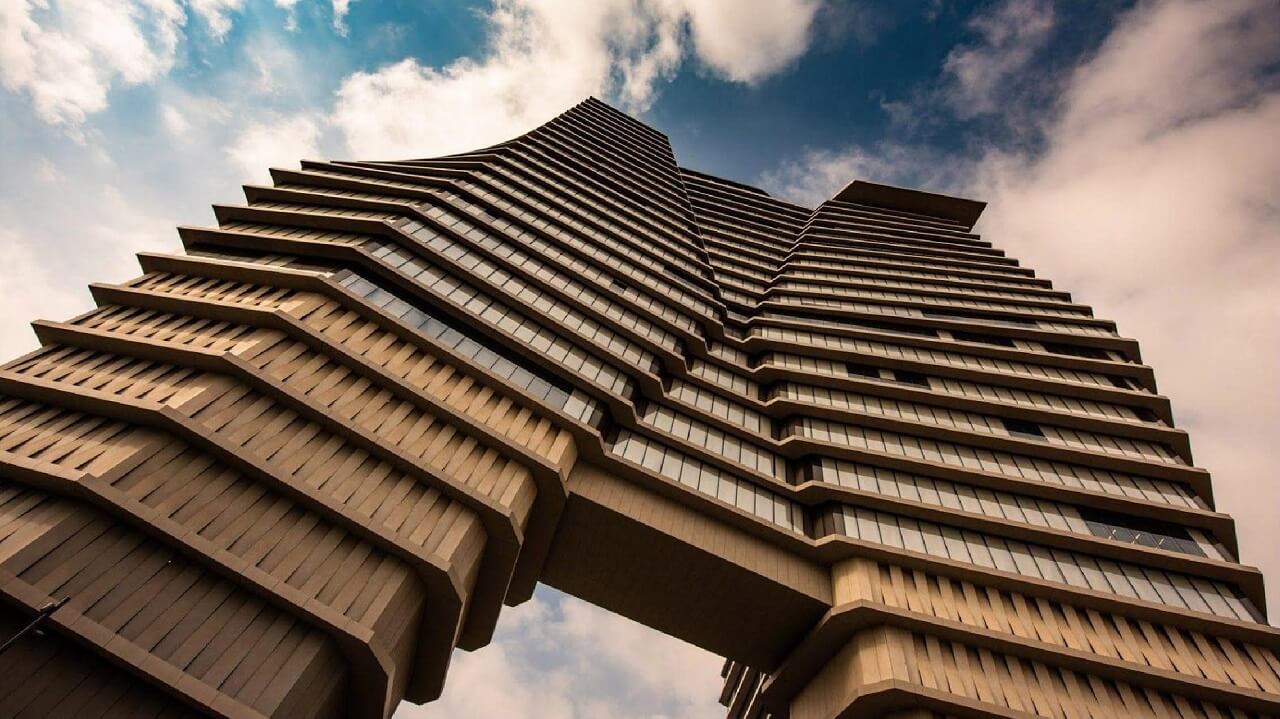
ToHA Tower, Tel Aviv, Israel, 2019
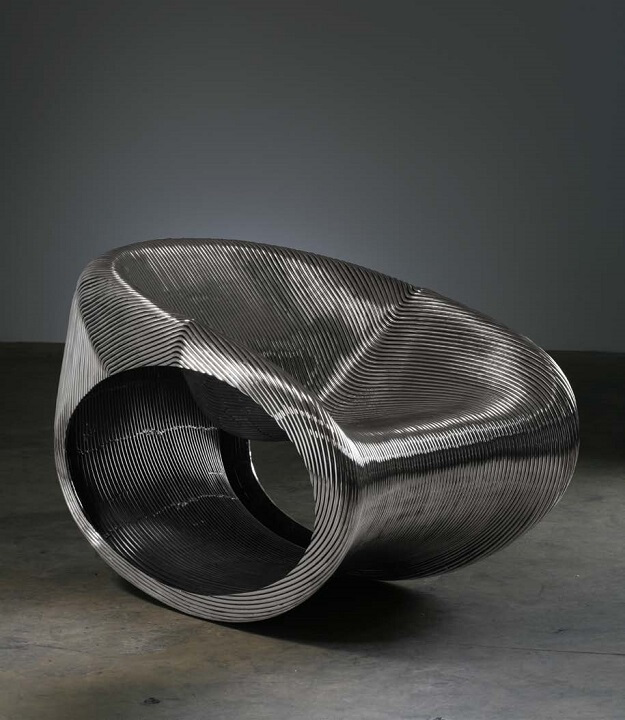
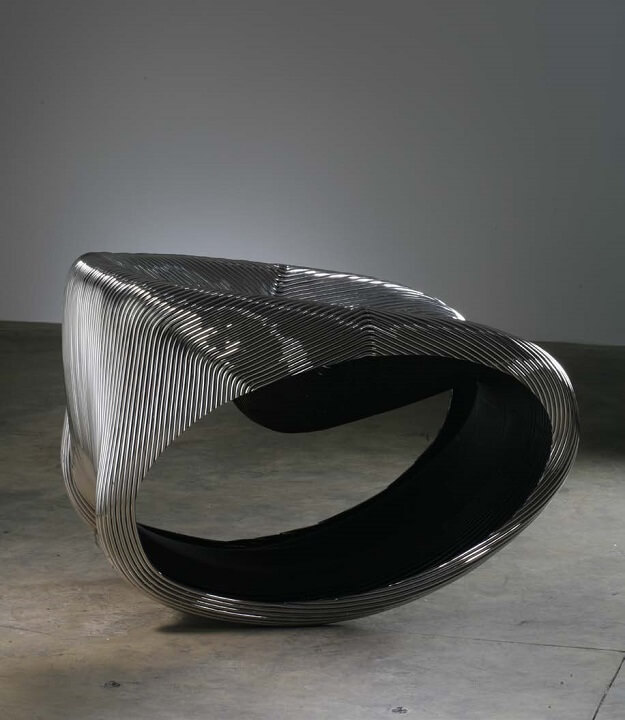
Shalini Passi: For many years you have been experimenting with the possibilities of materials and technology – can you tell us a little bit about how your practice has evolved during the course of your career?
Ron Arad: The process starts with curiosity, asking myself “what if I do this, what if I do that?” Technology is a tool – sometimes you get excited by new technology, new material and you think “what can I do with it?”. But sometimes it’s the other way around. You have an idea of something you want to do and you think what is the best material, the best process and the best technology to use for this idea.
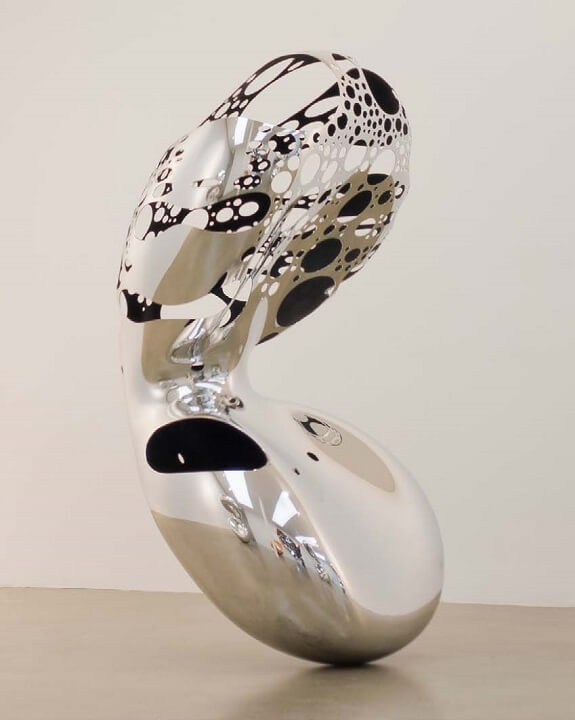
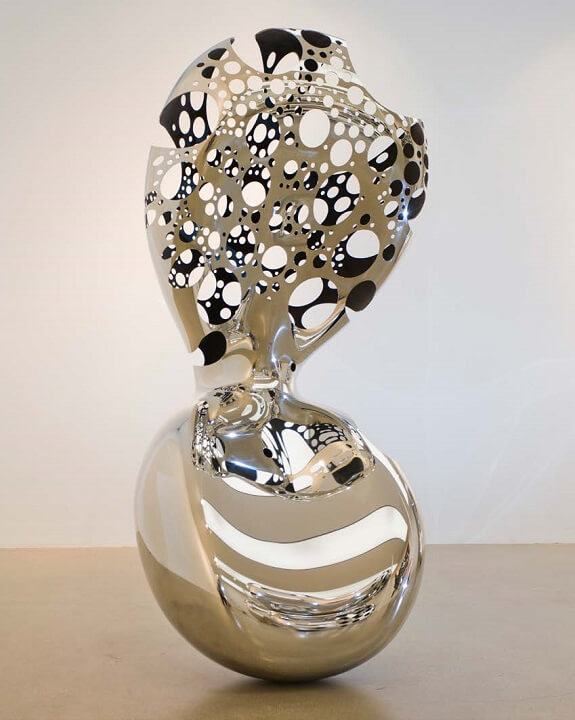
But I think if you do a piece of jewellery that is 3D printed, you don’t get any brownie points by saying it is 3D printed or this is recycled. It is important to ask what is good about it, what is the advantage of using this technology? It could be a hammer or it could be CNC, five-axis spinning machine; it could be a screwdriver; it could be 3D printing. It depends what it is used for, and the rapport between the material, the technology and your wish.
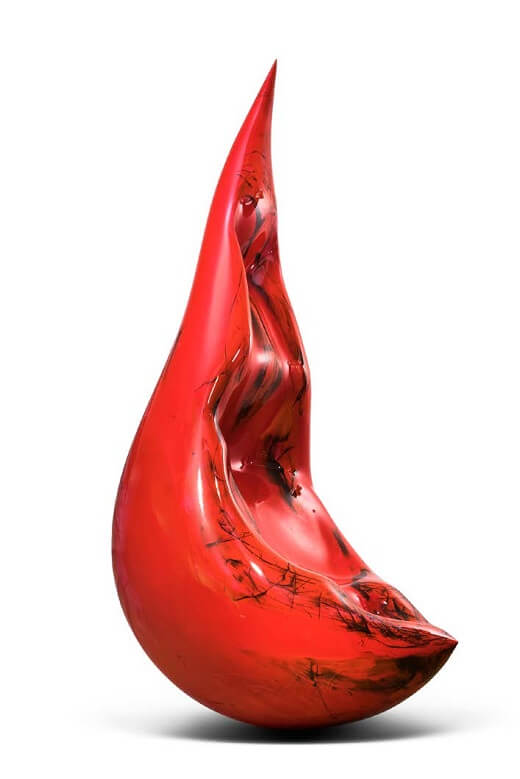
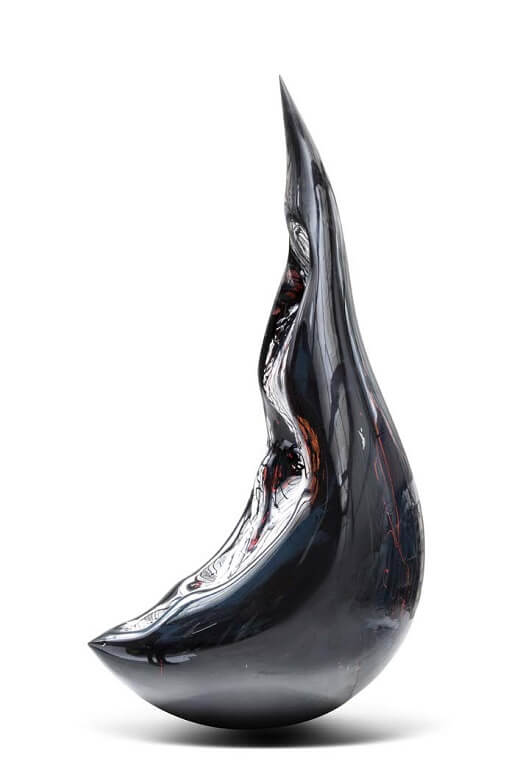
Shalini Passi: You’ve used a lot of steel in your work. What is it about steel that makes it such a desirable material for your practice?
Ron Arad: Years ago, I used to think that for working with wood, one has to be a craftsman and was problematic to me because- I am not a craftsman. I think that steel is more forgiving as a material than other materials, because when you handle it, you can weld it, you can bend it, you can cut it, you can polish it and you can patinate it. If you’re not happy, you continue and you can do more.
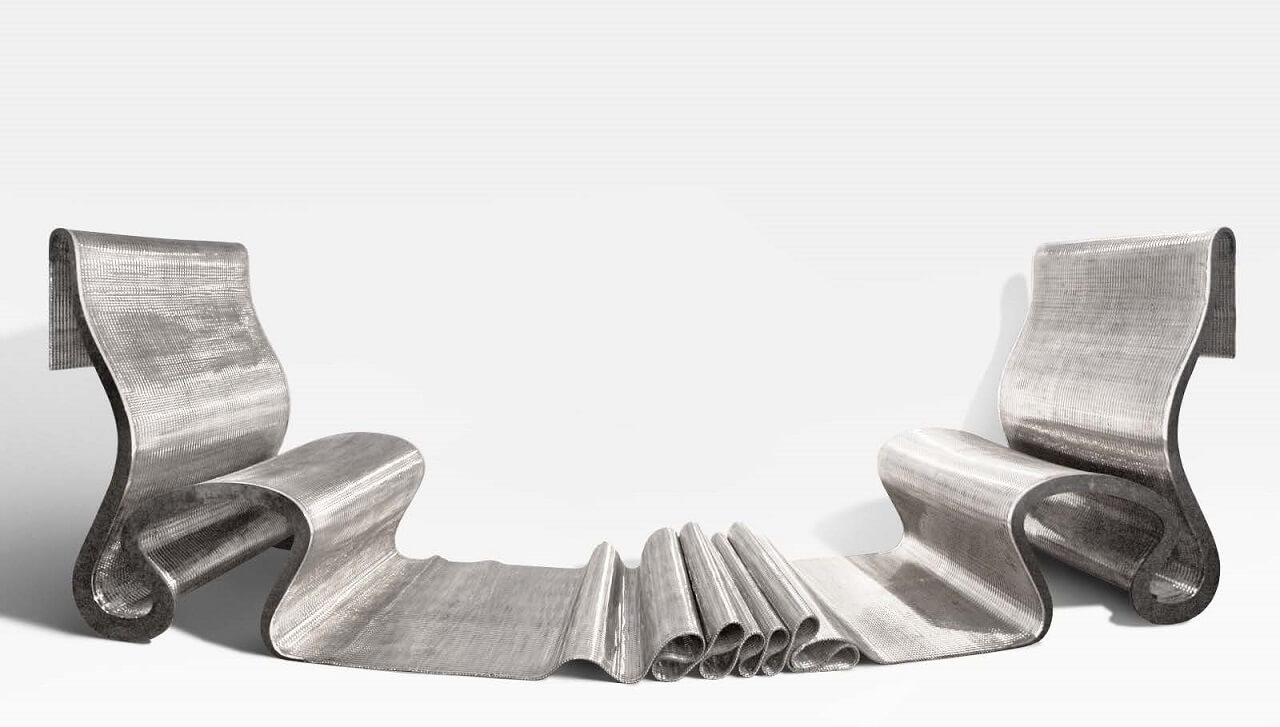
The first pieces of furniture that I created were inspired by action painting, like action sculptures. You know, you build a chair, you bend the material and someone sits on it and tells you “I want more support in lower back”, “okay bang bang, is it okay now?” “Yeah.” So, when enough people report happiness, you weld it and finish it.
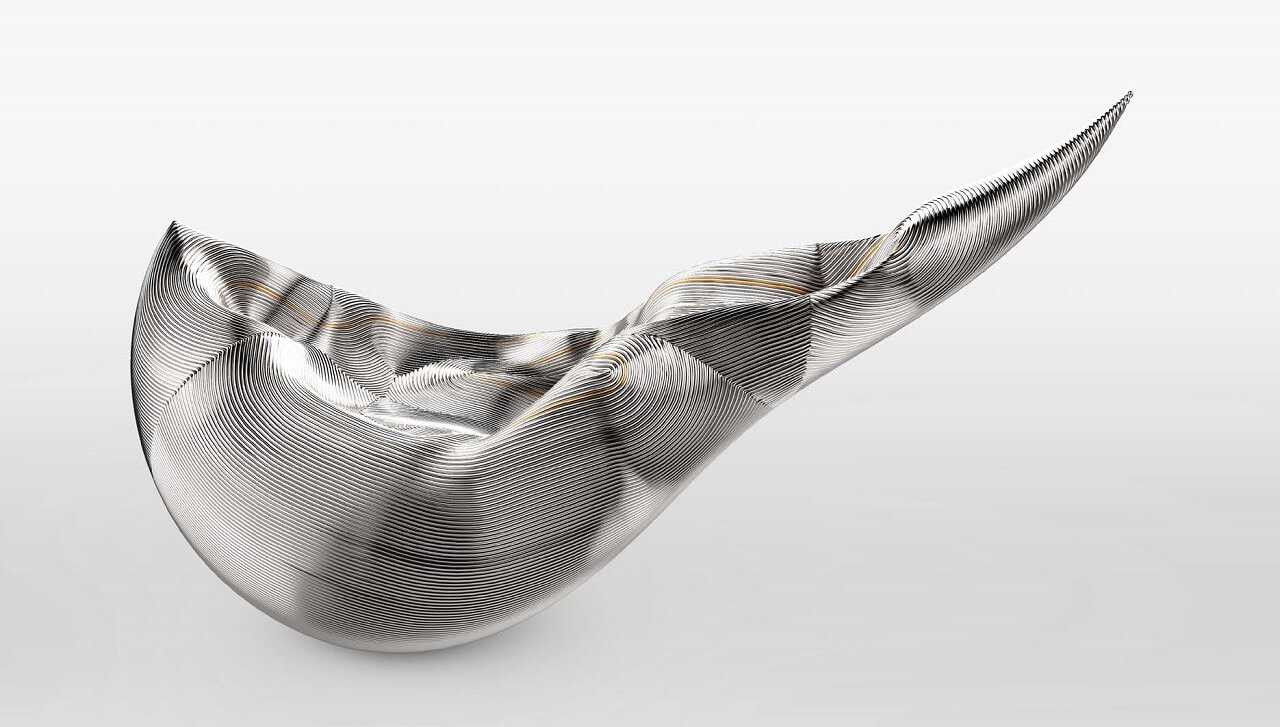
Of course, things change. For me, I thought why do things have to be signed. We can do chairs like sketches but then you get better material. If you look at an early Big Easy, it’s really primitive and rough. If you look at a late one, it looks like a piece of jewellery. All you have to do is change the post-structural handling. The first one is saying “why can’t it look like a sketch?”, and the last one is saying, “why can’t it look like a big piece of jewellery?” — it doesn’t matter. What matters is your curiosity and your interest in what you are doing. It’s also nice if other people are curious and interested in what you are doing, otherwise it would be very sad.
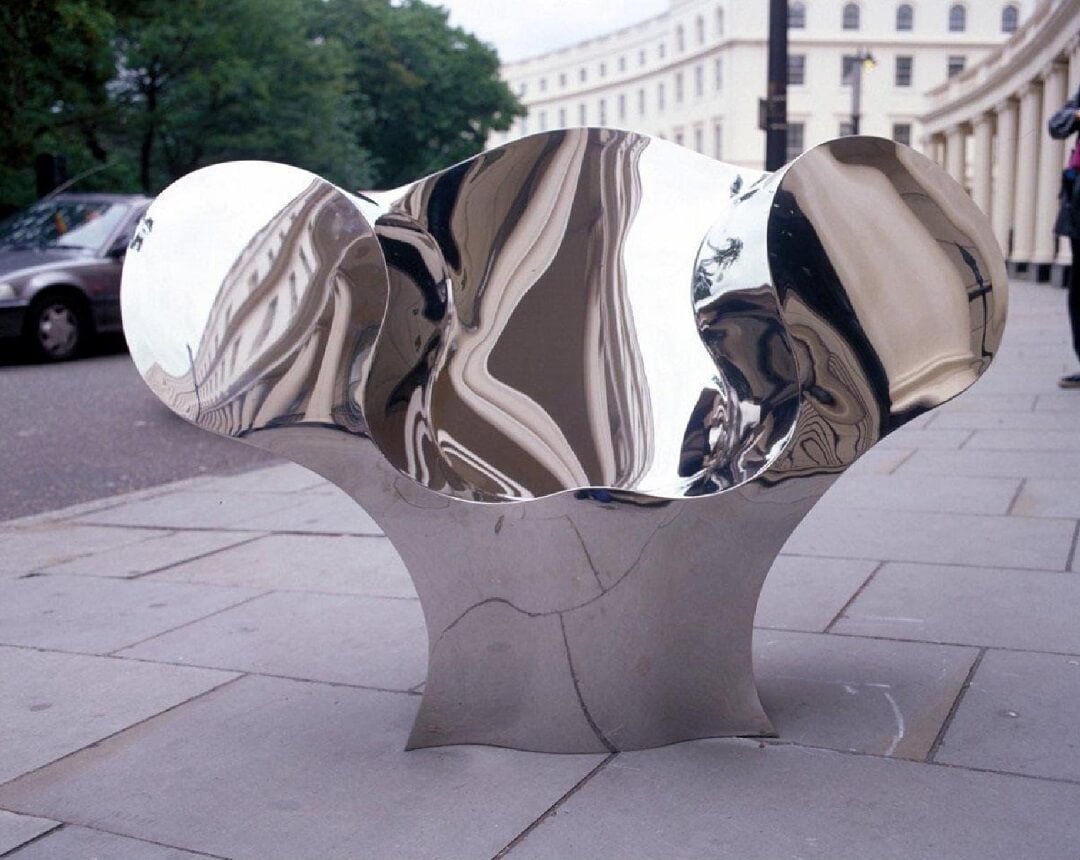
Shalini Passi: You are an extremely accomplished architect, but you also allow your design thinking to be applied to different disciplines, such as products and furniture, which is a practice that I greatly admire. What do you think designers can learn from each other?
Ron Arad: It’s because I don’t churn them out. I don’t do tower after tower after tower. So, every architectural project we do is 100% original, never done before. I didn’t have any pre-existing solutions. For me the design is not to style and restyle but to create something that did not exist before.
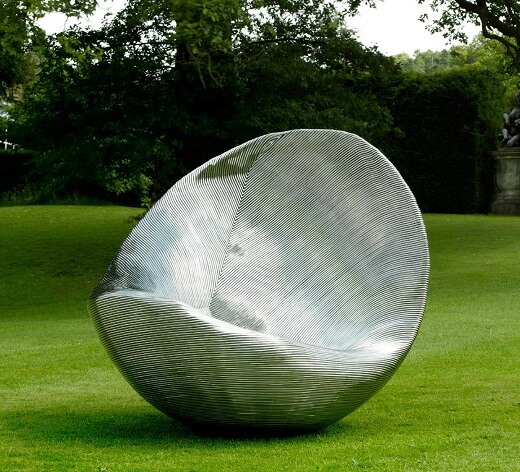
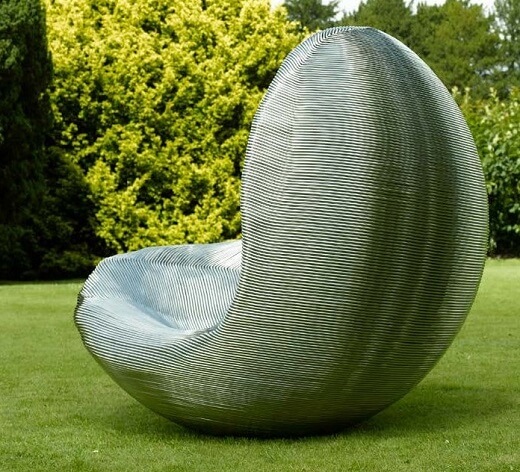
Shalini Passi: We would love to do a project in India soon; are there any projects that you are exploring in India?
Ron Arad: I was amazed by India when I visited Delhi. It’s amazing to see a different perspective on things one takes for granted. I mean, the life on the streets, people and dogs sleeping on the street, and the traffic. I went with my friend, Javier Mariscal, he never stopped drawing in Delhi. I was like “come on we have to go”, and he would say that he has to finish this drawing. It was amazing.
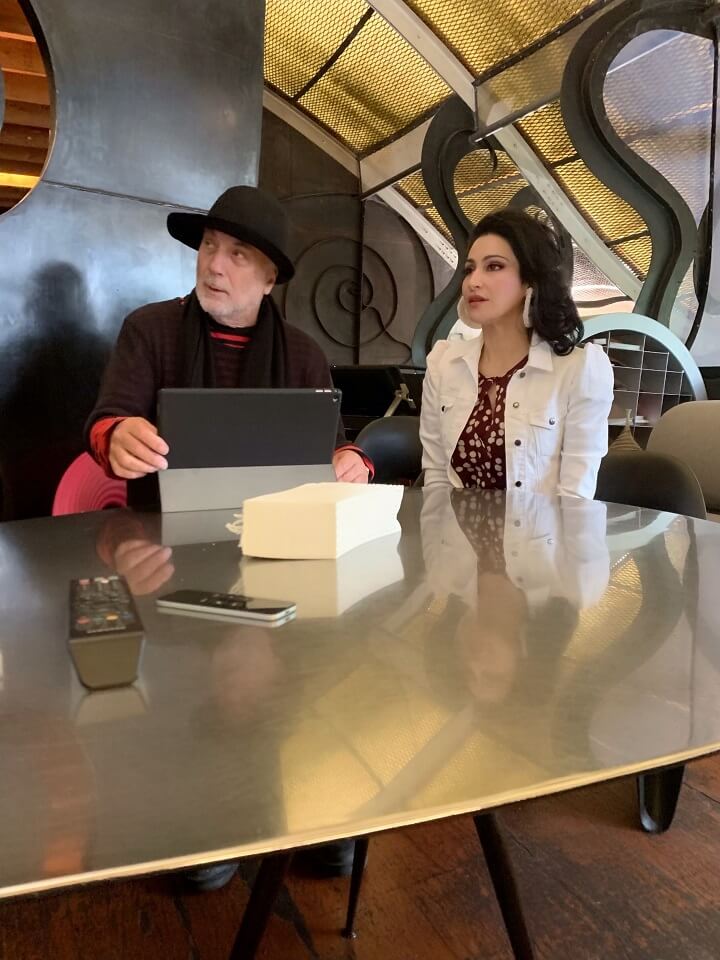
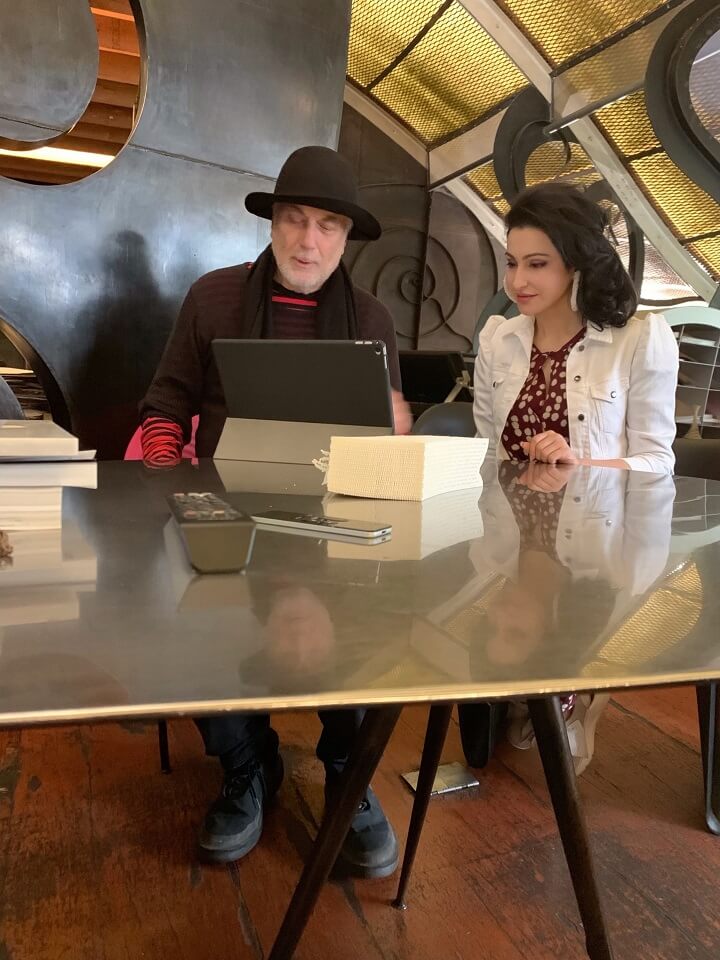
Shalini Passi with Ron Arad at his studio in London, UK
Shalini Passi: Were you inspired to do something when you came to India?
Ron Arad: I would love to do something in India, because I see their desire and interest in the contemporary world. The conversation we are having now is an example of it.
Ron Arad has exhibited at major museums and galleries world-wide and his work is represented in numerous private and public collections including, Centre Georges Pompidou, Paris; Metropolitan Museum of Art, New York; Victoria & Albert Museum, London and the Vitra Design Museum, Germany, Stedelijk, The Netherlands, among others.
Find out more about Ron Arad and his works on ronarad.co.uk
